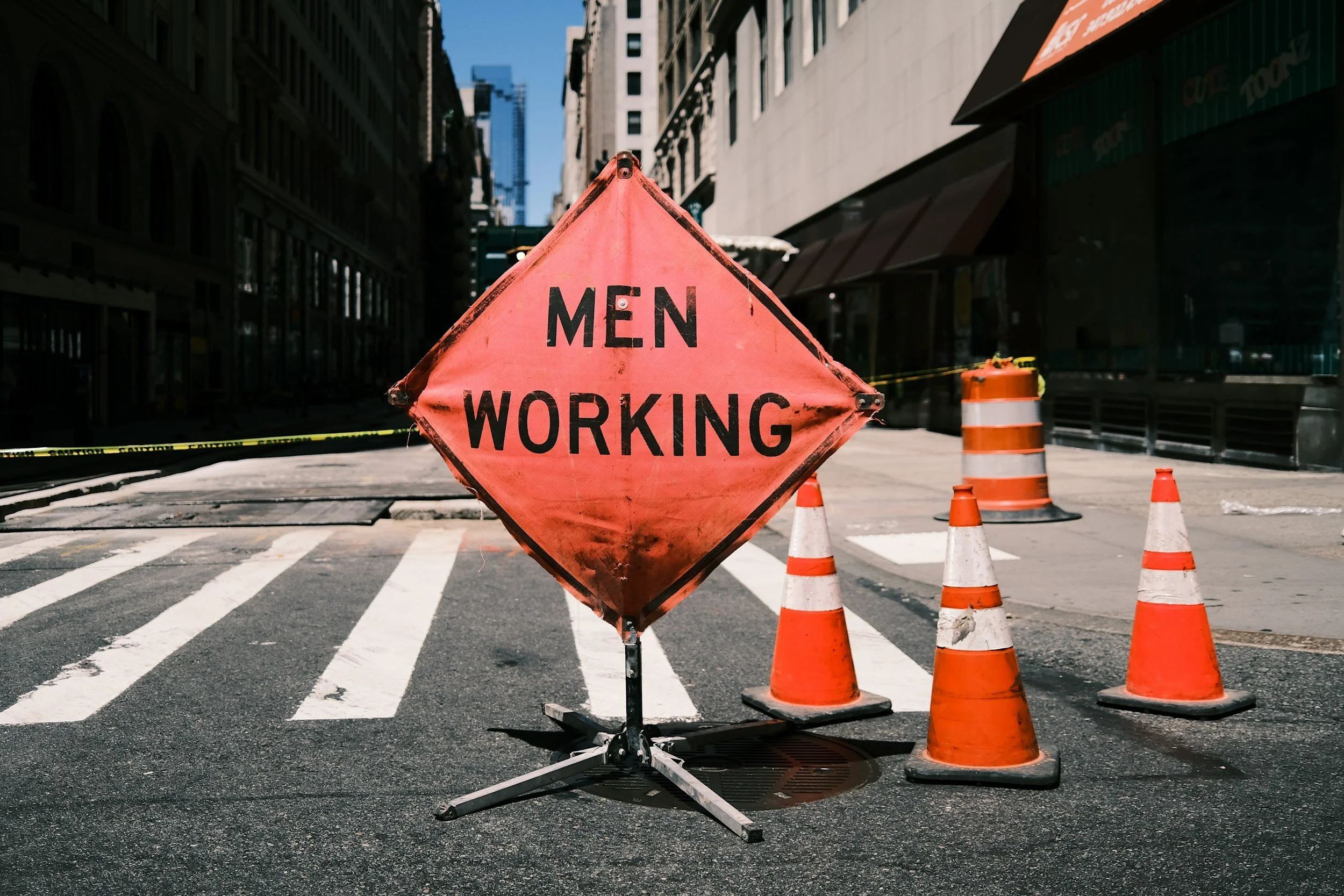Keeping an MSHA Mind on OSHA Sites: Staying in Compliance Across Work Environments
When contractors move between mine sites and construction zones, one of the biggest challenges is adjusting to the different sets of safety regulations. The Mine Safety and Health Administration (MSHA) and the Occupational Safety and Health Administration (OSHA) share a common goal; protecting workers, but their rules, training, and enforcement standards differ in key ways.
For those who operate in both worlds, keeping an MSHA mindset on OSHA sites can mean the difference between staying compliant and facing costly violations.
7-8 Minute Read
When contractors move between mine sites and construction zones, one of the biggest challenges is adjusting to the different sets of safety regulations. The Mine Safety and Health Administration (MSHA) and the Occupational Safety and Health Administration (OSHA) share a common goal; protecting workers, but their rules, training, and enforcement standards differ in key ways.
For those who operate in both worlds, keeping an MSHA mindset on OSHA sites can mean the difference between staying compliant and facing costly violations.
Understanding the Difference
MSHA governs the mining industry, including surface and underground mines, processing plants, and related operations. OSHA, on the other hand, covers construction, manufacturing, and general industry worksites.
While both agencies emphasize hazard recognition and prevention, their approaches differ:
MSHA requires annual refresher training (Part 46/48), regular inspections, and site-specific safety plans.
OSHA focuses on standards compliance, employee training (such as OSHA 10 or 30), and employer accountability for hazard prevention.
Understanding where your site falls under federal jurisdiction is crucial, especially for contractors working on aggregate, cement, or quarry operations, where boundaries can blur.
Bringing the MSHA Mindset to OSHA Sites
Working with an MSHA mindset means thinking beyond compliance checklists. It’s about building a safety culture rooted in proactive hazard identification and accountability.
Here’s how that perspective strengthens OSHA site safety:
Conduct Pre-Shift Inspections
MSHA-trained workers know the value of inspecting equipment and work areas before every shift. Bringing that habit to an OSHA site reduces risk from mechanical failures and environmental hazards.Emphasize Task Training
MSHA requires documented task training before a miner performs new duties. Applying this principle in construction ensures every worker is competent in their specific tasks, not just “OSHA trained.”Encourage Continuous Hazard Awareness
Mining operations change daily, just like construction sites. Maintaining that same awareness, identifying unstable ground, pinch points, or changing weather conditions, helps prevent complacency.Document Everything
MSHA emphasizes thorough recordkeeping of training, inspections, and incidents. Keeping detailed documentation on OSHA sites strengthens compliance and makes audits easier to manage.Empower Safety Leadership
MSHA-trained supervisors are often required to take a more active role in enforcing safety. Transferring that leadership mentality to OSHA environments creates stronger, safer crews.
Why Cross-Training Matters
Many contractors perform work at both mine and construction sites—and that crossover demands flexibility. Cross-training workers in both MSHA and OSHA standards not only reduces risk but also makes teams more valuable and compliant across multiple industries.
Platforms like KellySafety.com make it easier than ever to complete your MSHA Annual Refresher or OSHA 10/30training online. Whether you’re maintaining certifications or introducing new hires to safety culture, online learning gives your workforce the edge to stay compliant wherever the job takes them.
The Bottom Line
Bringing an MSHA mindset to OSHA sites isn’t about doubling your workload, it’s about raising your standards. When workers understand both systems, they’re better equipped to recognize hazards, communicate effectively, and make safer decisions on every site.
Contractors who prioritize safety across all regulations don’t just meet compliance, they lead it.
Ready to keep your crews compliant on every site?
👉 Explore our Online Safety Training programs today.

